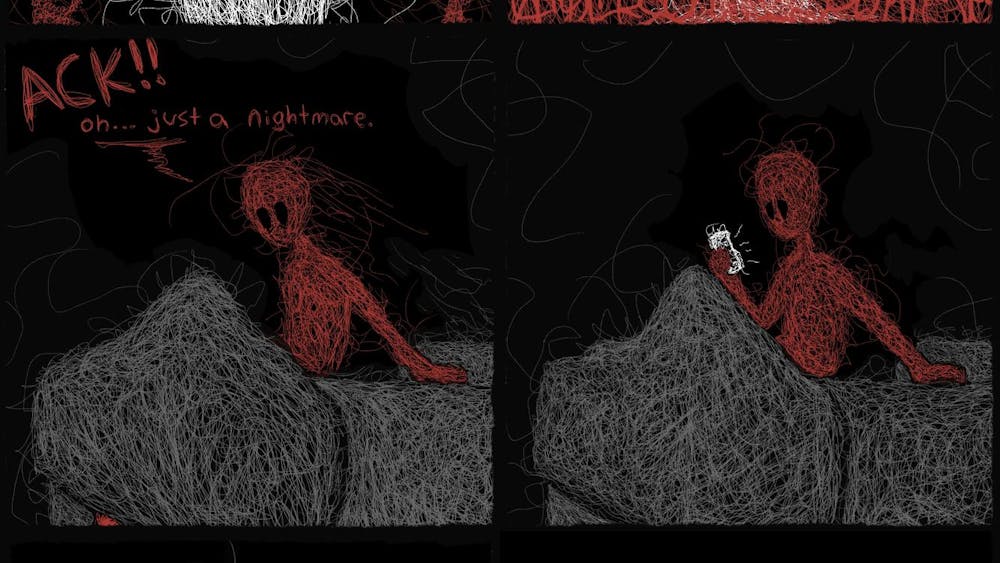Writing poetry can be difficult.
Unique ideas that haven’t been done before are hard to come by sometimes, and the dreaded writer’s block kicks in. I had all but given up on writing creative poetry when I discovered that there is a way to make poems without having to write them. You can “find” them.
Found poetry is done by taking a text that already exists and “finding” the poetry within it, like a treasure hunt of language.
You either delete or add to the words or phrases already there in a text to make a poem. Foundpoetryreview.com describes found poetry as “the literary version of a collage.”
There are codes of conduct with found poetry as with all kinds of writing. The American University’s Center for Social Media has a “fair use” rule when it comes to how found poetry can be done. As long as the quotations from a poem are “re-presented in poetic forms that add value through significant imaginative or intellectual transformation,” it is fair and okay to do.
There are many techniques used to make found poetry. A commonly used method is called “erasure” where the poet blacks out or erases most of the existing text and what is left over is the poem. A beautiful example of found poetry using the erasure method is “A Humument” by Tom Philips. Philips took the novel “A Human Document” by W. H. Mallock and made the entire book into found poetry using colorful illustrations. To see examples from “A Humument” you can visit humument.com.
The erasure method is probably the best one to start out with if you’re new to poetry. To begin, you need to find a text of any kind. Look through books, magazines, old term papers, even this issue of the Echo. Try to pick something you find interesting that will have a good variety of words. Skim through the article and highlight words or phrases that jump out at you or that you find striking. These words don’t have to be in the same sentence or even the same line.
If you want the poem to be more “standard verse,” you can use connecting or adjacent words to make it sound more like a sentence or you can leave them in “free verse,” scattered throughout the piece.
Once you have all of the highlighted words you feel you need for the poem, black out all of the other words on the page. You can even paint or illustrate over them to add in an artistic touch. The words left highlighted on the page are the poem, found within the text like buried treasure. You don’t have to connect the words in any way, but you can to string together some words into one “line” or stanzas.
Poetry can be found anywhere if you know how to look for it. Next time you’re reading a text, see if you can find a buried poem and bring it to life.









